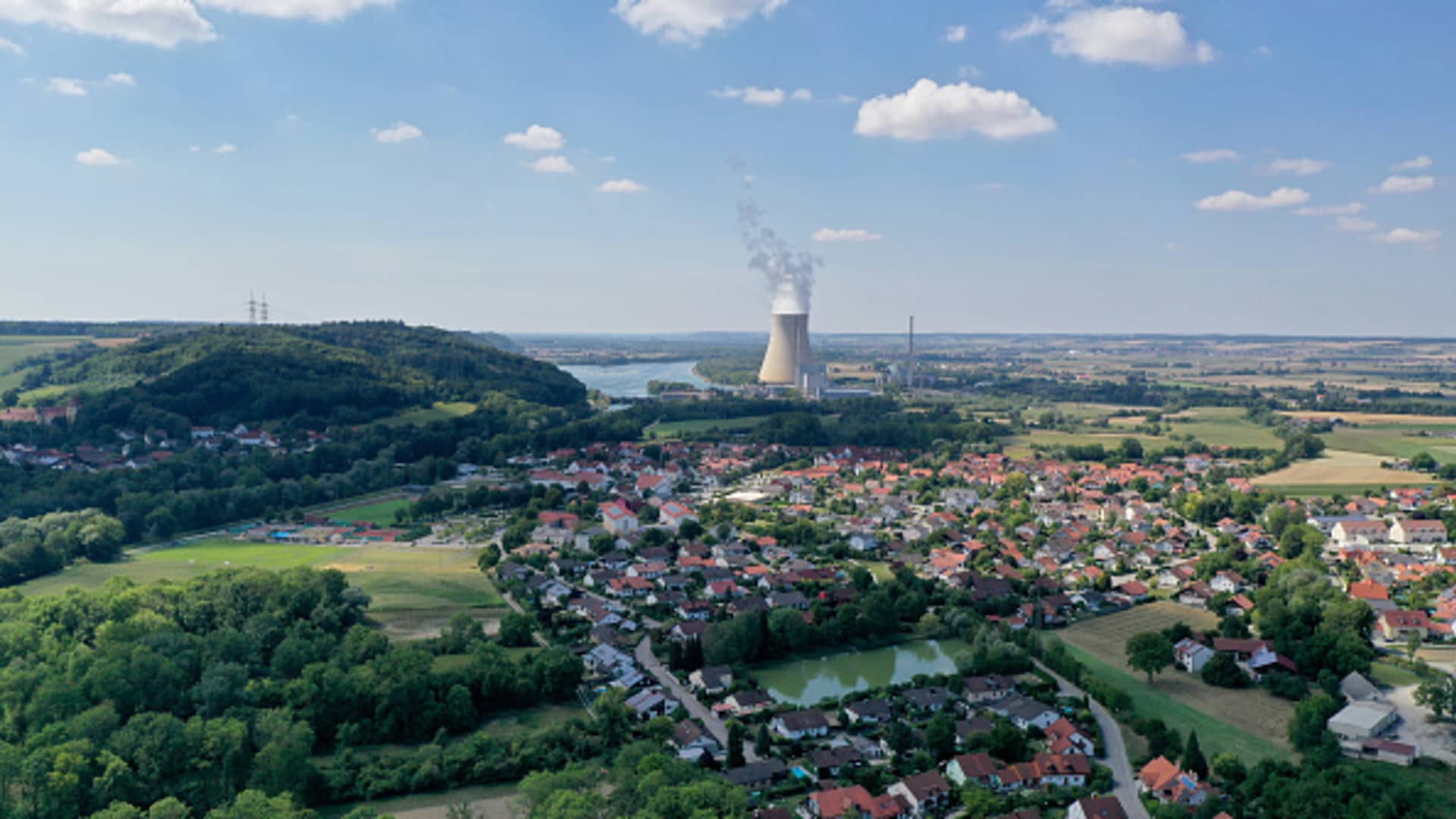One niche area of the commodity market — uranium — has been a bright spot over the past month, with its performance outpacing even that of the broader energy sector. Uranium, used as fuel in nuclear power plants, is in the spotlight as countries scramble to wean themselves off Russian energy following the Ukraine war. Moscow has now indefinitely halted gas supplies to Europe and the Group of Seven economic powers have agreed on a plan to impose a price cap on Russian oil. As a result, nuclear power is looking more appealing to some — and exchange traded funds with a focus on uranium have surged in recent weeks. ETFs The Global X Uranium ETF rose around 10% in August, and on Tuesday alone it bounced over 5%. “Uranium is on a tear and one of the reasons is that, just look to Europe — there’s a concern about gas supplies. And as we come on to the fall, into the winter, in the colder months, it’s going to be a greater concern,” Jon Maier, chief investment officer at Global X ETFs, told CNBC’s “Squawk Box Asia” this week. Morningstar also flagged that uranium ETFs posted “excellent returns” last month. ” As economies seek alternatives to fossil fuels and a European power crisis looms , nuclear energy has emerged as a viable option,” Morningstar analyst Ryan Jackson wrote. He noted that the Sprott Uranium Miners ETF — comprised of firms which derives at least half of their revenue from uranium-related operations — was up more than 12% last month. These funds have both well outperformed the Energy Select Sector SPDR Fund , a broader energy ETF, which rose nearly 5% in August. Apart from geopolitical concerns, the International Energy Agency has also promoted nuclear power , calling it the “backbone of low-carbon electricity generation,” alongside hydropower. Nuclear power has been seen as at least a partial answer to climate change concerns since fission doesn’t release greenhouse gases. Advocates of nuclear power argue it has the potential to play a major role in helping countries generate electricity while slashing carbon emissions and reducing their reliance on fossil fuels. Critics of the energy source say it is an expensive distraction to faster, cheaper and cleaner alternatives, and that technologies such as wind and solar should be prioritized in the renewable energy transition. However, Maier described it as a green form of energy. “So if you look at nuclear power, it’s a cleaner, efficient source of energy, and about 10% of the world’s electricity is generated from nuclear power. And there are many power plants being built around the globe, and that’s going to continue,” Maier said. “So the world needs more energy, and this is one way to pick it up, and the market is reacting positively to this commodity.” — CNBC’s Pippa Stevens and Sam Meredith contributed to this report.




















Discussion about this post